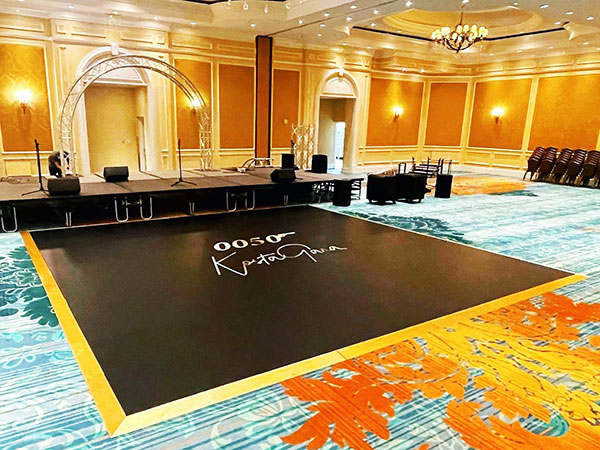Hue theory is an crucial element of aesthetics, particularly as it comes to creating light-emitting diode dancing surfaces. The interaction of hues can significantly affect the atmosphere and vibe of a space. Through grasping how colors function together, creators can create an environment that enhances the overall experience for participants. This article examines the basics of color principles and its use in LED dancing surface layouts.

The main hues are red, azure, and golden. These hues cannot be be made by mixing other colors together. Secondary colors, such as emerald, tangerine, and violet, are formed by combining main colors. Tertiary colors are formed by combining a primary color with a secondary color. Understanding these basic relationships helps designers select hues that enhance one another and produce a visually appealing display. Combining these hues on an light-emitting diode dancing surface can lead to dynamic and exciting effects that capture the focus of participants.
Hue value also holds a key role in design. Colors can be categorized as hot or cool. Warm hues, such as crimson, tangerine, and yellow, tend to evoke emotions of enthusiasm and heat. In opposition, chill hues like blue, green, and violet typically generate a calm and soothing atmosphere. Creators can utilize these color temperatures to set the mood for different types of events. For example, a celebration environment may benefit from warm hues that invigorate the audience, while a further calm event might use cool hues to offer a soothing effect.
In addition to hue pairings and value, luminosity and intensity are essential elements special info to consider. Luminosity denotes to how light or dark a color appears, while intensity indicates the intensity of a color. Vivid, intense colors can create a lively and energetic environment, perfect for dance floors. On the other hand, softer, lower intense colors can create a further muted atmosphere. By manipulating brightness and intensity, creators can draw attention to particular areas of the dance surface or establish sight pathways, guiding dancers browse this site through the space.
Finally, it is crucial to take into account the psychological effects of color in light-emitting diode dance floor layouts. Various colors can evoke different feelings and responses. For example, crimson is frequently linked with passion and energy, while azure can be soothing and peaceful. Understanding these connections enables designers to strategically use colors to influence the behavior of participants. By incorporating hue principles into LED dance floor layouts, designers can enhance the overall experience, making it unforgettable and pleasurable for all involved.
Comments on “Brightening Ingenuity Through Hue Principles in Illuminated Dance Surface Creations”